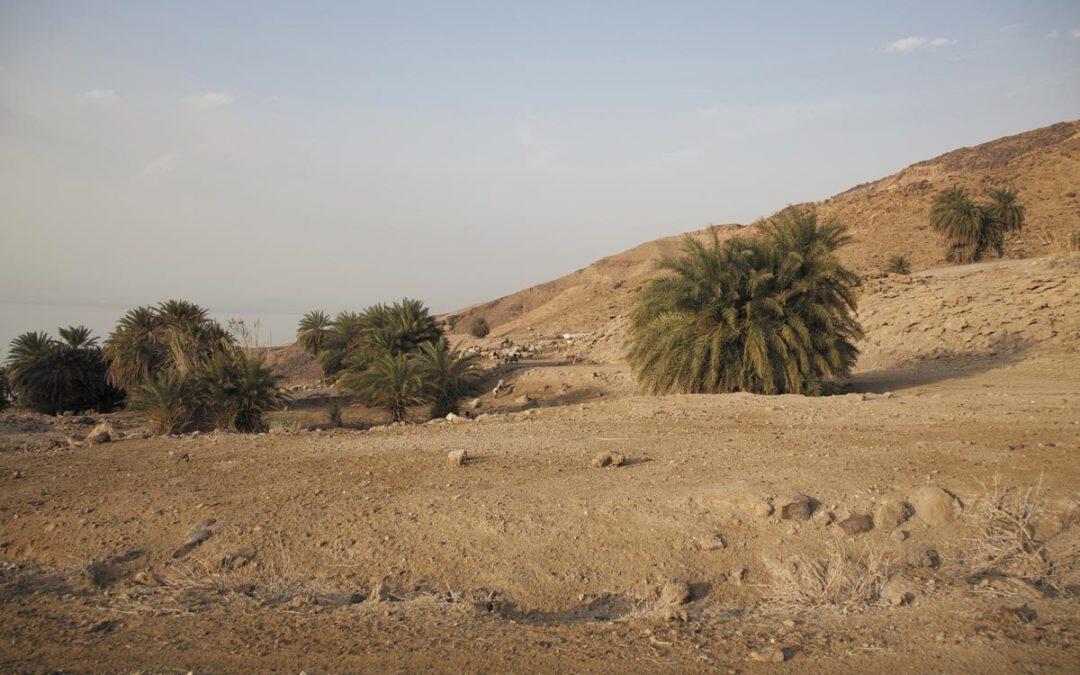For a country specifically named after a river, water shortages are a cruel irony. Jordan is now recognised as being one of the world’s most water-stressed countries, with per capita water availability plummeting from as much as 3,600 cubic metres a year in 1946, to just 135 cubic metres a year today – far below the 500 cubic metres a year level of ‘absolute scarcity’.
New research from Stanford University’s School of Earth, Energy & Environmental Sciences now finds that ongoing current trends will lead to significantly lower rainfall (by up to 30 per cent) and higher temperatures (an average rise of 4.5ºC) by the end of the century. The number and duration of droughts is also expected to double, each one compounding the impact of the last.
While the increasing aridity of Jordan’s desert environment through both climate change and changes in land use is a major component in this grim prediction, the massive influx of refugees from over the border in Syria has also been a major drain on the country’s limited water supply. Jordan carries the burden of supporting the world’s displaced people more than almost any other nation, with figures from the United Nations High Commissioner for Refugees quoting there as being more than 720,000 refugees and asylum seekers housed within its borders at the end of 2016 (although the true figure could be considerably higher), a substantial proportion of the ten million total population.
‘Jordan has a history of population increase that is punctuated by periodic large influxes of refugees,’ explains Steven Gorelick, Cyrus Fisher Tolman Professor at Stanford and co-author of the study. ‘Given its generous policy of accepting refugees, and the history of conflict in the region beyond Jordan’s borders, it seems likely that this pattern would continue, even if some of those refugees migrated to other countries.’
As the research reveals, even the prospective end of conflict over the border in Syria would not be entirely welcome news; a revival in Syrian agriculture would likely result in as much as a 75 per cent decline in the flow of the Yarmouk River – the largest tributary to the Jordan River – crossing the border into Jordan.
Source: http://bit.ly/2zdlqjj











